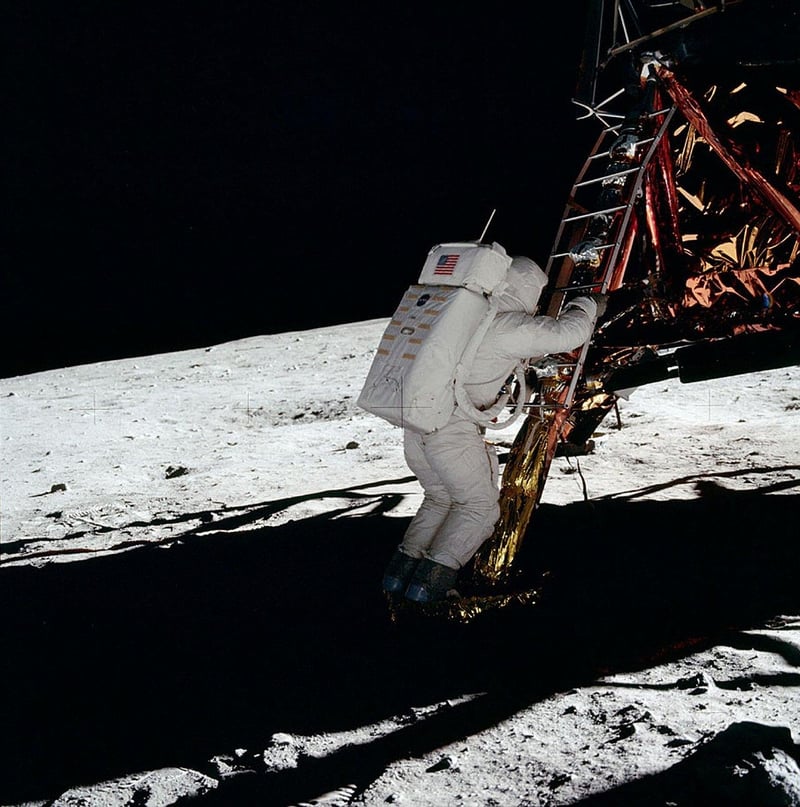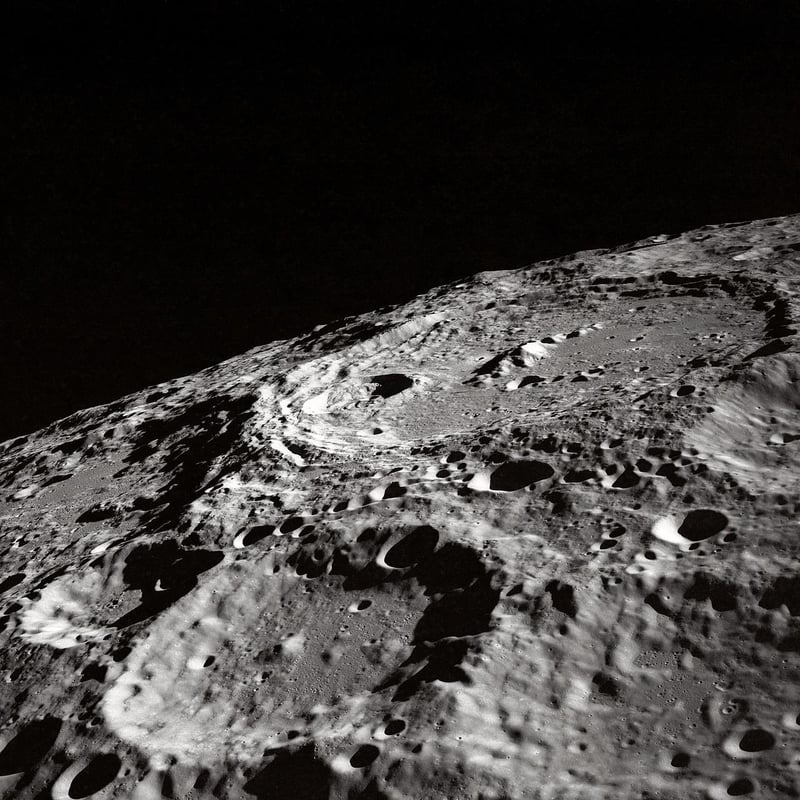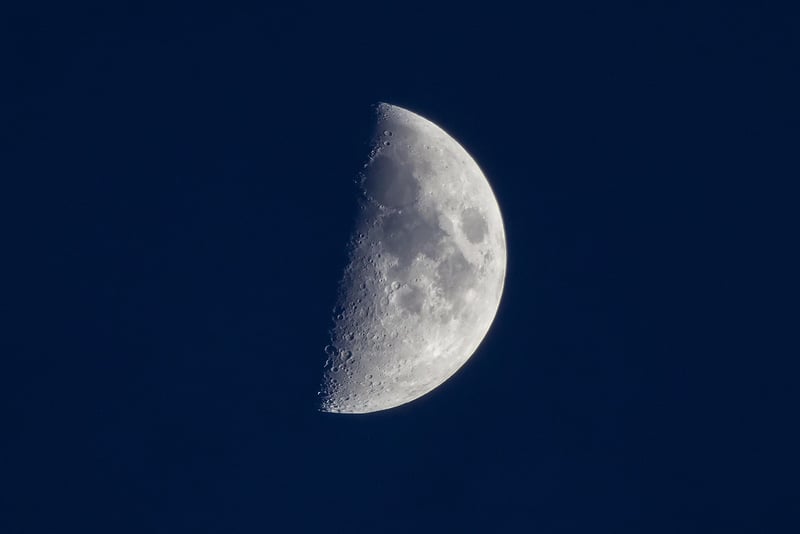Lunar Landmarks
Guided Exploration of Lunar Landmarks
Welcome to a fascinating journey through the mysterious world of lunar landmarks! The moon, Earth's only natural satellite, has captivated humanity for centuries with its beauty and enigmatic landscapes. Join us as we explore some of the most iconic landmarks on the lunar surface.
The Lunar Maria
One of the most striking features of the moon is the dark, flat plains known as lunar maria. These vast basaltic plains were formed by ancient volcanic eruptions and make up about 16% of the lunar surface. The most famous lunar mare is the Sea of Tranquility, where the Apollo 11 mission landed in 1969, marking the first human steps on another celestial body.

Lunar Craters
Craters are another prominent feature on the moon, created by impacts from asteroids and meteoroids over millions of years. Some of the most well-known craters include Tycho, Copernicus, and Plato. These impact sites provide valuable insights into the moon's geological history and serve as windows to the broader universe.

The Lunar Rilles
Lunar rilles are long, winding valleys that crisscross the moon's surface. These features are believed to be the result of ancient lava channels or collapsed lava tubes. One of the most famous rilles is the Vallis Schröteri, located near the Aristarchus plateau. Exploring these lunar rilles provides a glimpse into the moon's tumultuous volcanic past.

Conclusion
The moon's surface is a tapestry of wonders waiting to be discovered. From the serene maria to the rugged craters and intricate rilles, each landmark tells a unique story of the moon's evolution. Whether through telescopes or future manned missions, the exploration of lunar landmarks continues to inspire and intrigue explorers and scientists alike.
Embark on your own lunar exploration journey and uncover the secrets of these remarkable lunar landmarks!
